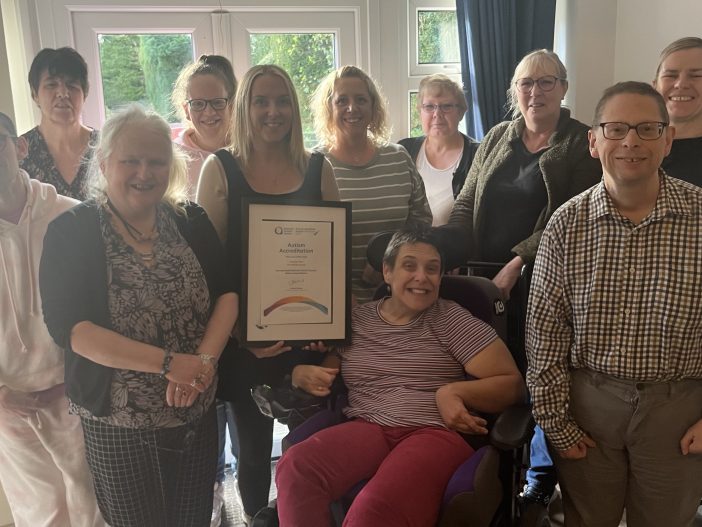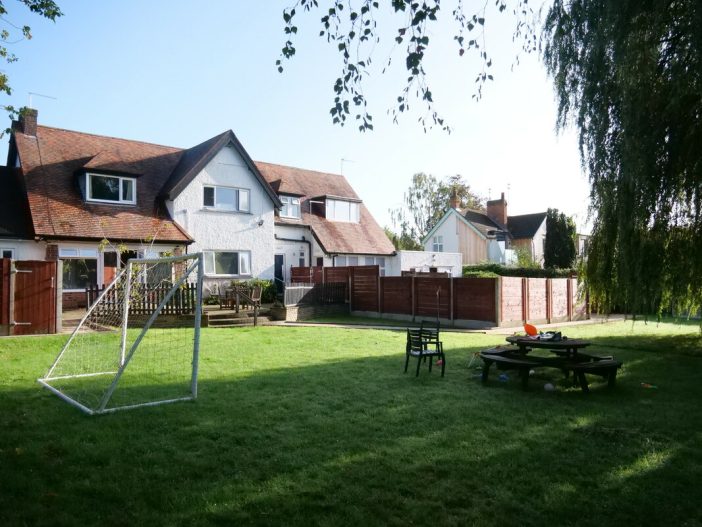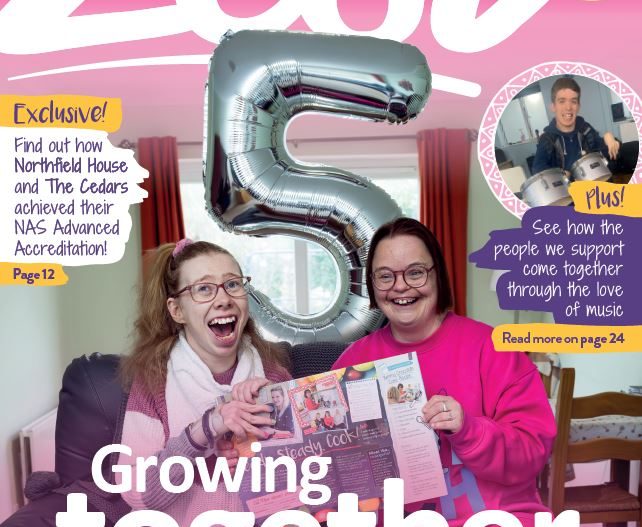Using slow stream rehabilitation for positive recovery outcomes
At Voyage Care, slow stream rehabilitation plays an important role in our specialist brain injury care and support. This technique provides the people we support with a long-term rehabilitation pathway that focuses on empowering them to set goals and live the life they choose.
What is slow stream rehabilitation?
When someone suffers a brain injury, they are usually admitted to hospital to receive medical care before being discharged into the community when their health is more stable. Many people recover well, with minimal disruption to their daily life, however some individuals experience a range of disabilities that may require ongoing therapeutic support.
Slow stream rehabilitation is a therapy support pathway that treats complex neurological conditions, like brain injuries. This is offered when an individual in discharged back into a community setting from hospital. This might be in somebodies own home, in a transitional property or at a specialist brain injury rehabilitation service.
The slow stream technique is a long-term pathway which helps people to regain lost skills and re-develop their cognition, so they can successfully integrate back into the community. At Voyage Care, we use slow stream rehabilitation as part of the social care model. This model encourages us to recognise barriers in the community for people with disabilities, rather than seeing a disability or impairment as the barrier itself. This helps us to promote independence and choice for the people we support.
We focus on community-based care so therapy and rehabilitation can take place in real-life settings. This gives us a clearer insight into everyday factors and challenges that may impact how the person progresses through their rehabilitation journey.
A holistic approach
As well as offering physical and social support following a brain injury, slow stream rehabilitation considers the emotional and environmental needs of an individual as part of their recovery journey too.
For example, suffering a brain injury can make people feel self-conscious about the disabilities they may now have. These might be visible or non-visible disabilities but can leave individuals feeling anxious about how they appear to society, impacting their ability to carry out daily activities or even leave the house.
Our approach to slow stream rehabilitation also includes working with multi-disciplinary health professionals, such as physiotherapists, psychotherapists, and occupational therapists. We even offer art, music, and drama therapy to help the people we support develop their skills. By working with these highly skilled professionals, we help the people we support to manage their emotions in different situations, empowering them to improve their quality of life.
Person-centred for success
At Voyage Care, we adopt a person-centred approach to slow stream rehabilitation in our brain injury services. Our pathways focus on enabling, facilitating, and empowering the people we support to achieve their rehabilitation goals and get back to living the life they choose.
We work with individuals to create tailored support plans and our person-centred approach ensures our teams can interact with people with dignity, respect, and compassion. The people we support are at the the centre of their rehabilitation plans and we empower them to recognise and develop their strengths and abilities, so they can live an independent and fulfilling life.
Find out more
If you would like to learn more about our specialist brain injury rehabilitation, and how we can support you, a loved one or a client, complete our quick and easy form, and a member of our team will be in touch.

 Information
Information 

